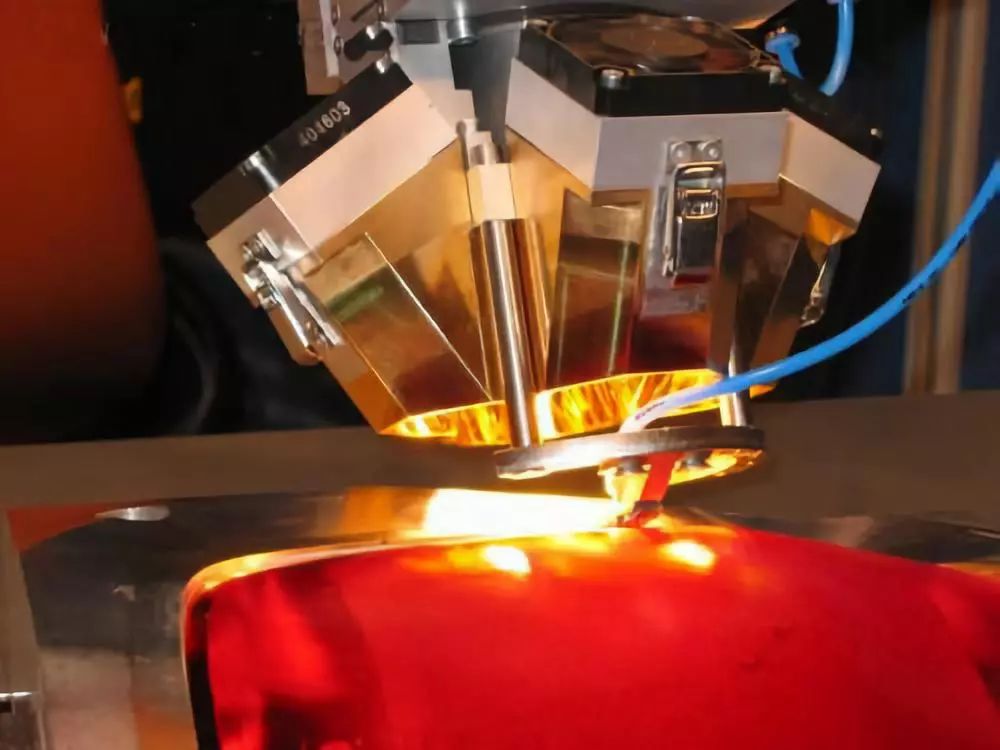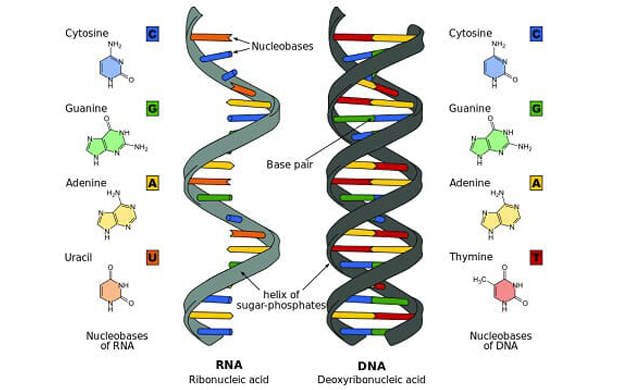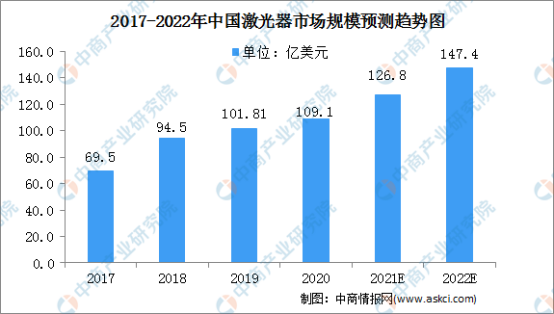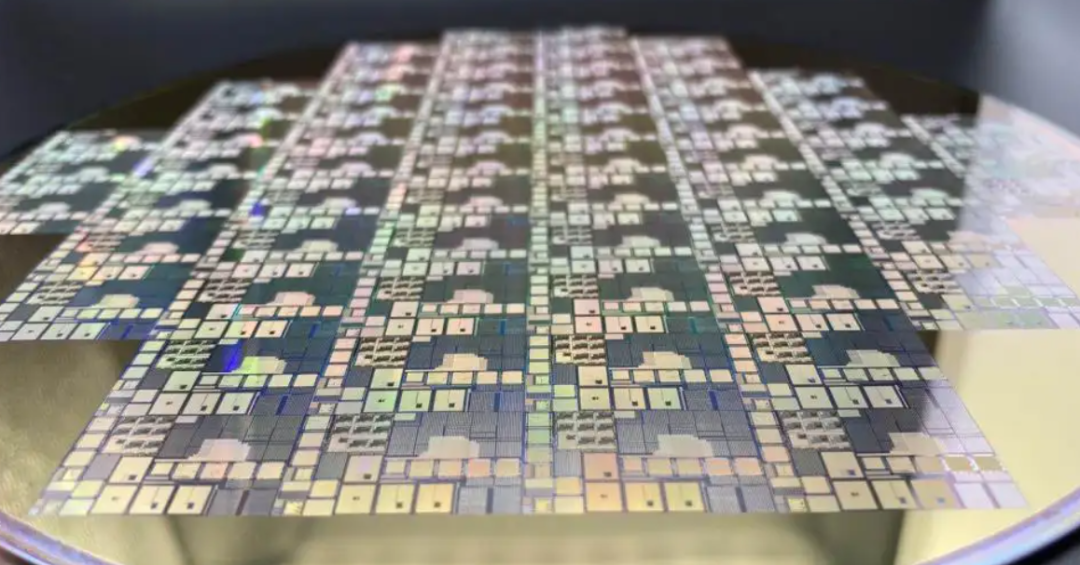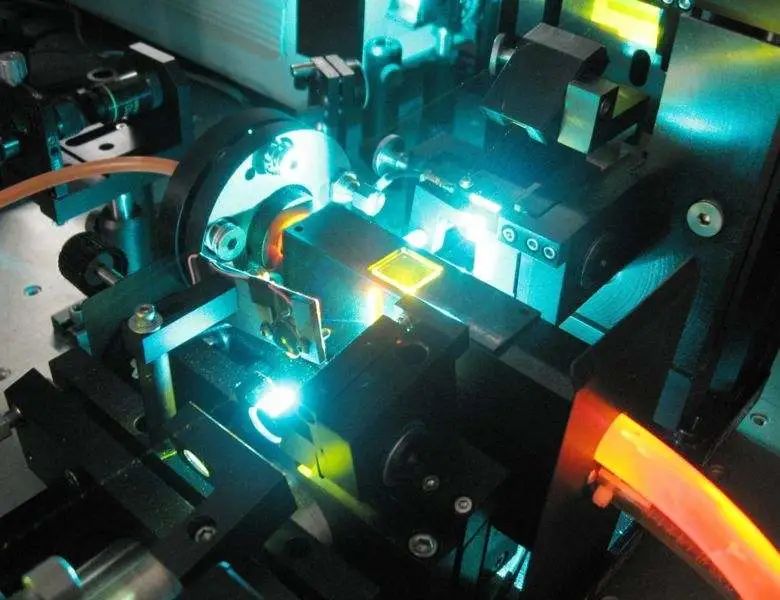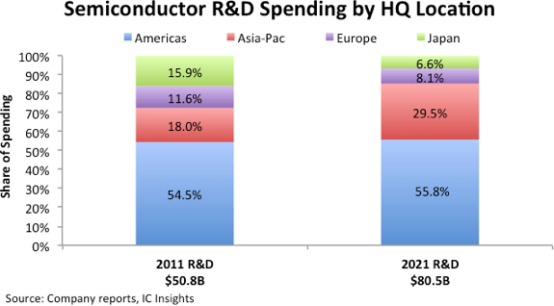How to Choose Between Metal Bond and Resin Bond Diamond Tools
It is important to recognize the differences between metal and resin bond tools when choosing diamond tools for grinding or polishing. The effectiveness and caliber of your work may suffer if you select the incorrect kind of tool because they are made for different jobs, materials, and working conditions. Comprehending the characteristics and benefits of metal bond diamond tools and resin bond diamond tools is crucial for making an informed decision.
Metal bond diamond tools are highly durable and aggressive, making them ideal for heavy-duty grinding tasks. These tools excel at working on tough materials such as concrete, granite, and stone, where removing excess material quickly is required. The metal matrix holds the diamond particles firmly, allowing for extended tool life, especially in high-friction environments. If your work involves substantial material removal or surface preparation, TransGrind metal bond diamond tools are the best choice for the job.
On the other hand, resin bond diamond tools are softer and more flexible, designed for polishing and finishing tasks. They offer a smooth finish and are perfect for applications where precision and a high-quality surface finish are required. Resin bond tooling excels in grinding softer materials like marble or for fine-tuning after using metal bond tools. They are also a better choice for working on delicate surfaces where aggressive grinding could cause damage.

Choosing between metal bond and resin bond tools largely depends on the material hardness and the phase of your project. For initial, aggressive grinding on hard surfaces like concrete or stone, metal bond tools are the ideal choice. For softer materials or polishing tasks that require finer work, resin bond tools will deliver superior results. Often, professionals use metal bond tools for the first stages of grinding and switch to resin bond tools for the finishing process.
To sum up, knowing your material and the work at hand is essential to making the best decision. Resin bond tools will give you the smooth results you need for finishing and polishing, whereas metal bond tools are best for heavy grinding. You may make sure that the task is done quickly, the finishes are excellent, and the tool lasts longer by choosing the right diamond tool.

